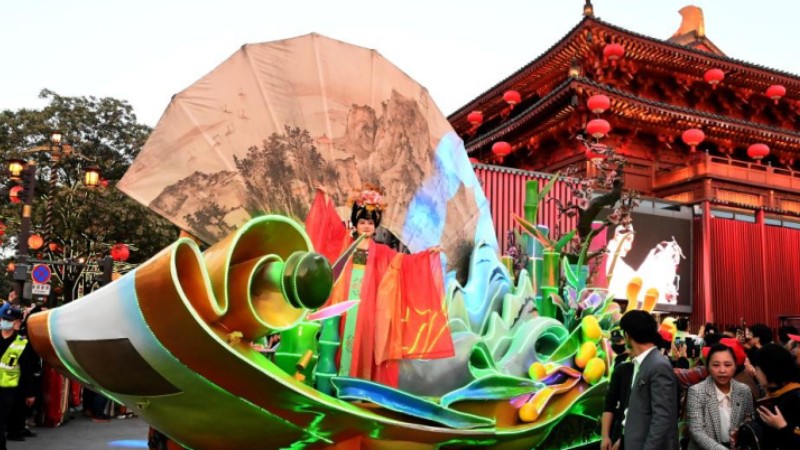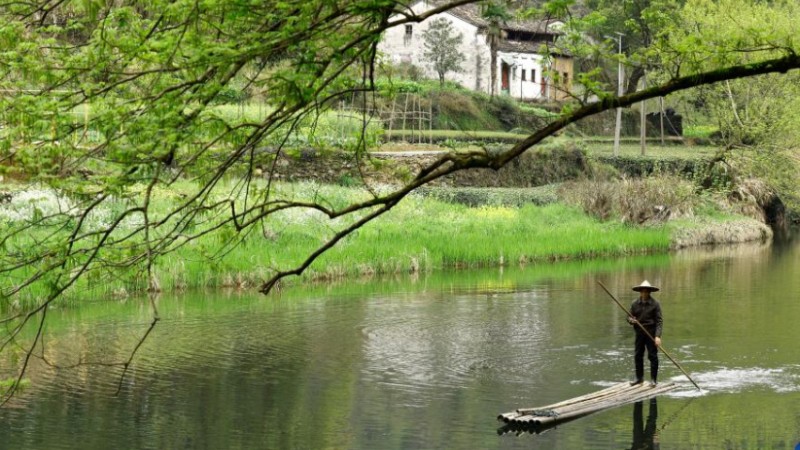Exhibition on Slovenian-Chinese astronomer opens in Ljubljana
LJUBLJANA, April 26 (Xinhua) -- An exhibition on a Slovenian scientist who spent most of his working years in China opened in Ljubljana on Wednesday.
The exhibition on Ferdinand Augustin Hallerstein was opened by Slovenian President Natasa Pirc Musar, who said that Hallerstein "was an important scientist who connected European and Chinese knowledge."
Hallerstein was born 320 years ago, and was also known by the Chinese name of Liu Songling. He became the head of the Board of Astronomy and Mathematics (Qin Tianjian) of Qing Dynasty, where he created an astronomical observation instrument which was the largest at the Beijing Ancient Observatory, where it is still on display.
A copy of the instrument, which will be donated by the Chinese Embassy in Slovenia, is expected to arrive from China next month. It will be permanently displayed in front of the Slovenian Archives building on the bank of the river Ljubljanica, which runs through the capital.
"I am sure that this monument will continue to strengthen the friendship between Slovenia and China," said Wang Shunqing, Chinese Ambassador to Slovenia, at the opening of the exhibition.
Slovenia is China's largest trading partner in the Western Balkans, he said, while China is Slovenia's largest Asian trading partner. The exhibition will elevate diplomatic relations between Slovenia and China, which were established 30 years ago, to a new level, the ambassador said.
Wei Hongtao, deputy director of China's National Archives Administration which helped prepare the exhibition, said it "will enhance traditional friendship between China and Slovenia and further improve mutual understanding."
"Science does not divide people, it enriches them... To understand each other we have to visit each other and be curious," Musar said.
The exhibition will be open until the end of June. It details Hallerstein's travel to China, and his work as an astronomer, mathematician, natural scientist and geographer. He was also a Jesuit missionary, and spoke six languages.
Hallerstein arrived in China in 1739 after a two-year journey, and never returned to Europe. While living in China he was a member of Academies in London, Paris and Saint Petersburg. He created a calendar, and discovered a new comet in 1748. He was awarded the title of third-rank official for his work, and is buried in Beijing.
Photos
Related Stories
Copyright © 2023 People's Daily Online. All Rights Reserved.









